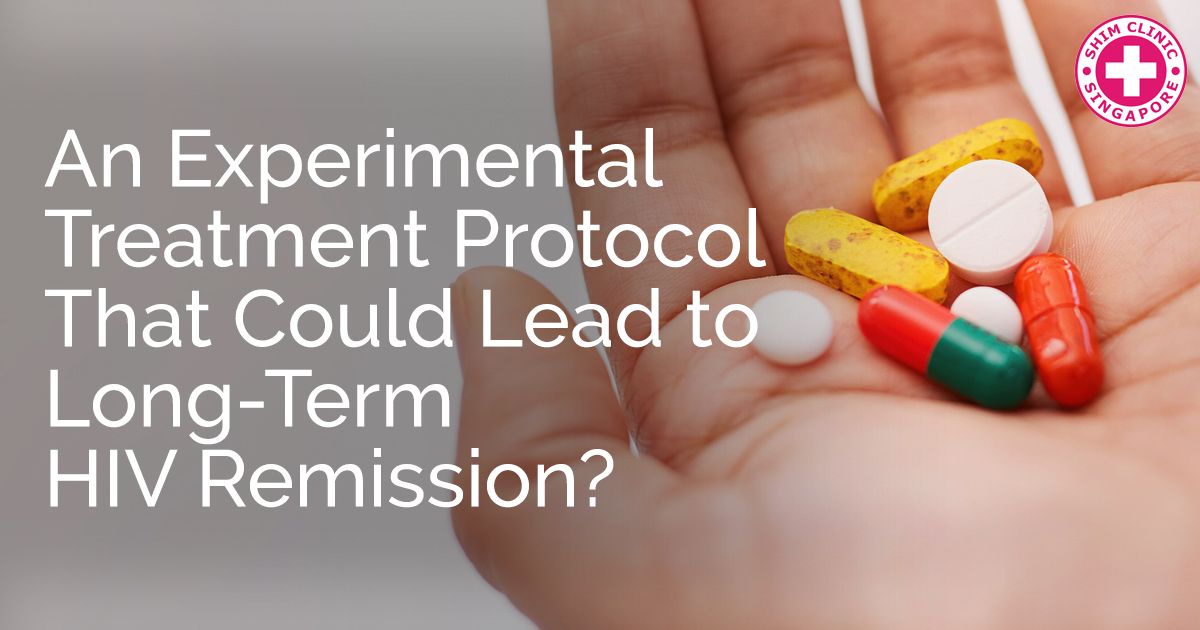While researchers are still a lot of work away from discovering an absolute, effective and safe HIV cure, new clinical trials have been delivering some intriguing results. A new experiment from Brazil has incorporated additional antiretroviral medicines in the standard HIV treatment protocol, helping one patient achieve long-term remission without the use of stem cell transplants.
Stem cell transplants are now being used as a part of leukaemia treatment but a rare genetic mutation that some donors have has prevented HIV from affecting T-cells in the body.
New Hope from a New Study
In early July 2020, researchers reported than a man from Sao Paulo has gone in long-term HIV remission without the use of stem cell transplants.
The patient was subjected to unorthodox antiretroviral therapy that brought a new combination of medications to the table.
In the clinical trial, the patient received two additional antiretrovirals on top of standard treatment protocols. These were an integrate inhibitor by the name of dolutegravir and an entry inhibitor called maraviroc. On top of that, the patient was given nicotinamide (a form of vitamin B3).
Fifteen months after the start of the clinical trial, the patient had undetectable HIV RNA and DNA load in his blood. To put it in simple terms, these results suggest that the patient has been in remission as a result of the new treatment protocol.
Cautious Optimism from the Scientific Community
Researchers warn people not to read too much into the study, regardless of the spectacular results obtained from it.
Before moving on to the critical considerations, however, it’s important to acknowledge the importance of the result.
Typically, patients who stop taking their antiretroviral medicines experience a quick HIV rebound. This hasn’t happened for the Sao Paulo patient.
According to Ricardo Diaz, the lead study investigator from Federal University in Sao Paulo, it’s still not clear whether the patient has been fully cured. The research team has not sampled the patient’s lymph nodes for the virus since the discontinuation of the experimental treatment.
There have been similar experiments in the past but after a long time of therapy discontinuation, the HIV viral load becomes detectable once again. Thus, it’s still too early to tell if the Sao Paulo men is completely cured and will remain HIV-negative for the foreseeable future.
HIV is especially difficult to get rid of completely. The virus “injects” its genetic material into human chromosomes. Thus, through treatment it can become dormant for long periods of time. After a period without suppression, however, the infection tends to resume.
Are There People Who Have Been Completely Cured from HIV?
There are only two reported cases of people who have been “cured” from HIV and both of these instances involve stem cell transplants.
Timothy Ray Brown is the first person to become cured from their HIV infection. The second person is known as the so-called London patient. We have written a more thorough publication on the London patient in the past.
At the time of announcing the London patient’s remission, he had been off antiretroviral medications for 18 months. This is the longest remission achieved after the treatment of Timothy Ray Brown, who’s been nicknamed the Berlin patient.
HIV Treatment Science Is Moving Forward Rapidly
Since the start of the HIV pandemic, the scientific community has made strides towards the discovery of a reliable, safe and effective treatment.
As a result of all these efforts, HIV is no longer a death sentence. Rather, this chronic condition can be managed and the sooner it gets identified, the better.
Although an approved mass cure for HIV and AIDS does not exist yet, HIV-positive patients are expected to lead long and healthy lives after they’re prescribed the right kind of antiretroviral therapy. In 1996, a 20-year-old person diagnosed with HIV was expected to live up to 39 years of age. Today, the average life expectancy for that very same patient has been bumped up to 70 years.
The survival rate for HIV-positive individuals has also increased dramatically since the 1990s. In the period from 1988 to 1995, 78 percent of HIV-positive individuals died from AIDS-related causes (as per a Swiss clinical trial). In the period from 2005 to 2009, that mortality rate has dropped to 15 percent.
HIV tests today have become better and more readily accessible for everyone in need.
On top of that, two other developments have revolutionized prevention and reduction in HIV infection rates. These two developments are called HIV PEP (post-exposure prophylaxis) and HIV PrEP (pre-exposure prophylaxis).
These two treatment options are readily available and recommended for high risk individuals like sex workers and men who have sex with men. HIV PEP is administered after an eventual exposure (the sooner, the better) and HIV PrEP is a pre-exposure antiretroviral treatment that massively reduces the risk of becoming infected if one’s bodily fluids come in contact with the virus.
HIV PEP, HIV PrEP and contemporary antiretroviral medications reduce the infection rates and they also significantly slow down the damage that the virus causes. Thus, you should not wait to find out if you are HIV-positive. If you’ve engaged in any kind of risky activity, get tested today. Such responsible behaviours will let you start treatment immediately for an optimal outcome.
If you’re interested in HIV testing and treatment options, the Shim Clinic team is here to help you and answer your questions. You can contact us today to learn more or visit us during work hours every single day to have a consultation with our professionals or to get tested.

